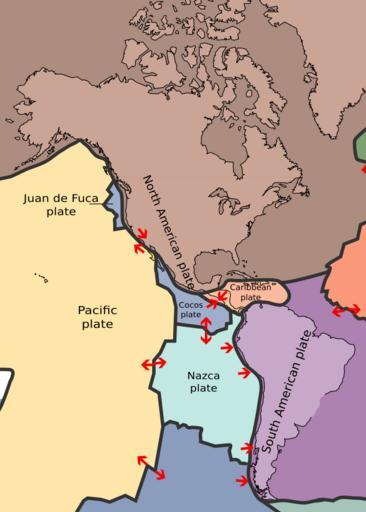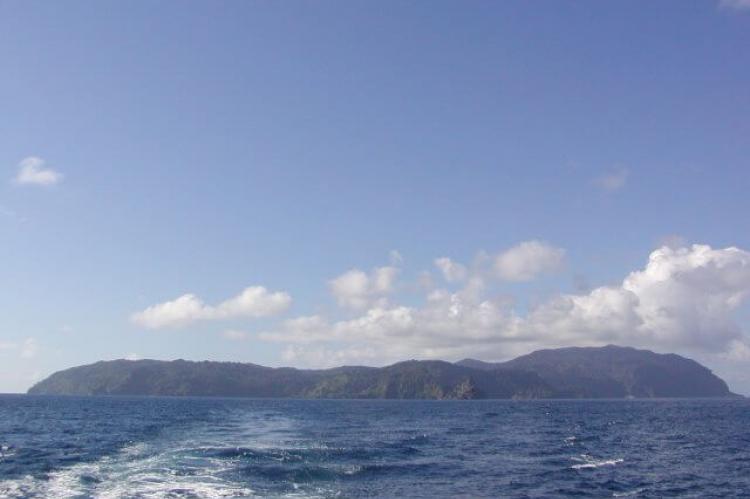The Cocos Plate: Shaping Central America's Geological Dynamics
The Cocos Plate, an oceanic plate located beneath the Pacific Ocean off the west coast of Central America, holds a pivotal role in shaping the region's geological dynamics. This relatively small-sized, triangular-shaped plate is named after Cocos Island, the sole emergent island within its boundaries.
The Cocos Plate
Shaping Central America's Geological Dynamics
The Cocos Plate, a distinctive oceanic tectonic plate located beneath the Pacific Ocean off the west coast of Central America, holds a pivotal role in shaping the geological dynamics of the region. At approximately 2,860,000 square kilometers (1,104,000 square miles), this relatively small-sized, triangular-shaped plate is named after Cocos Island, the sole emergent island within its boundaries.
Tectonic Borders
The Cocos Plate shares its borders with several other major tectonic plates, each contributing to the area's complex geological diversity. To the northeast, it converges with both the Caribbean Plate and the North American Plate, initiating transformative geological processes. Meanwhile, divergent boundaries unfold at the borders with the Nazca and South American plates to the south, further enriching the intricate dance of tectonic forces.
Geological Evolution
Approximately 23 million years ago, the Cocos Plate emerged from the fragmentation of the ancient oceanic Farallon Plate. This process not only gave rise to the Cocos Plate but also played a part in the creation of the Nazca and Rivera plates. This geological evolution set the stage for the distinct tectonic characteristics that define the region today.
Subduction and Volcanic Belt
A key geological feature associated with the Cocos Plate is its subduction beneath Mexico and Central America. This subduction process has led to the formation of a volcanic belt extending from northern Panama to western Mexico. The mountains within this belt, primarily of volcanic origin, stand as a testament to the transformative impact of the subduction process on the landscape.
Plate Boundaries and Features
Significant geological features demarcate the Cocos Plate's boundaries. To the north, it meets the Middle America Trench, where subduction beneath the North American Plate generates notable seismic activities and occasional tsunamis. On the eastern side, a transform fault known as the Panama Fracture Zone delineates the plate's boundary. The southern border aligns with the mid-oceanic ridge, the Galápagos Rise, while another mid-ocean ridge marks the western boundary, the East Pacific Rise.
Impact on Landscape: Volcanic Arcs
The geological legacy of the Cocos Plate is intricately woven into the Central America Volcanic Arc, stretching from Guatemala to northern Panama and the Trans-Mexican Volcanic Belt, extending east-west through Mexico. These continuous volcanic arcs bear witness to the enduring impact of the subduction process and volcanic activity on the landscape, shaping the topography and seismicity of the region over millions of years.
In summary, the Cocos Plate is a dynamic player in the intricate dance of tectonic forces, leaving an indelible mark on the geological canvas of Central America and the Pacific Ocean.

Map illustrating the Cocos plate location relative to the other plates of the Americas.
